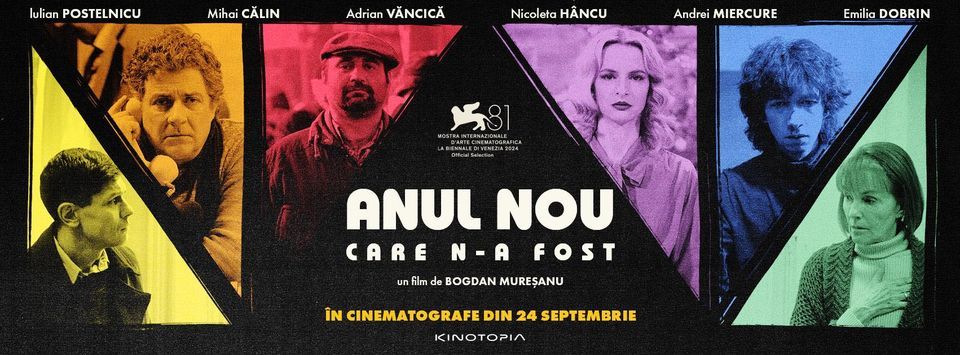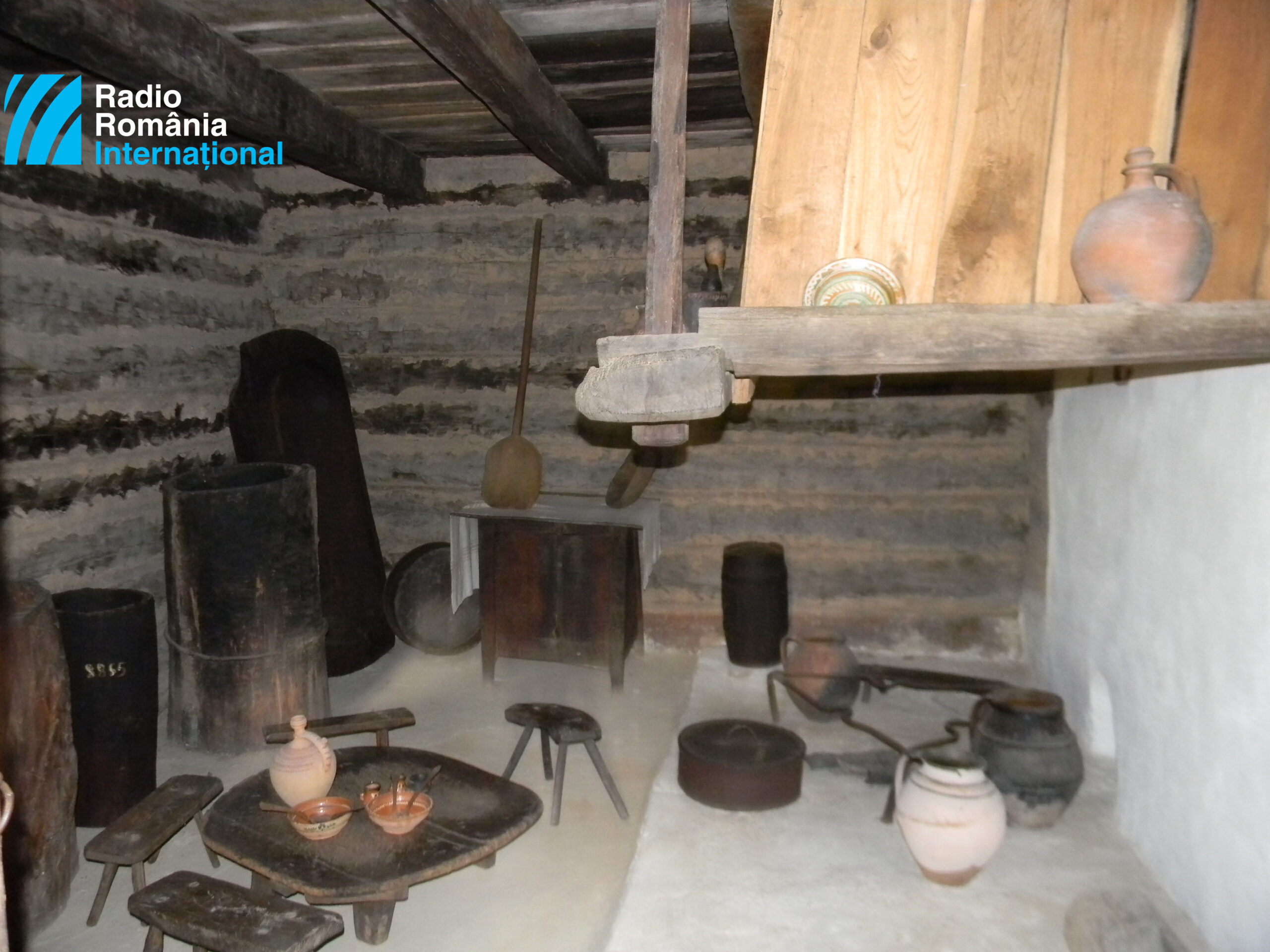Romanian Animation Today
Old fashioned animation is making a comeback

Ana-Maria Cononovici, 30.09.2020, 18:12
Romanian animated films originate in journalistic graphics. All great Romanian animation creators started off as cartoonists. The pioneering period was between 1920 and 1948, when Romanian animation had only a few names to boast, such as Aurel Petrescu, the most prolific, with 11 animated films confirmed by the period press, and 70 more short animations, mostly adverts. When great animator Ion Popescu-Gopo emerged on the scene, Romanian animation went into its golden age. In 1964, the Animafilm studios were set up, after Gopo received numerous awards in international festivals. Shortly after, Animafilm became one of the most beloved brands, making around 60 productions per year, bringing Romania over 40% of the revenue it made from exports. Gopos death in 1989 meant the demise of classical Romanian animation.
In the wish to restart the engines of animation, graphics professor Liviu Acasandrei founded a 2D animation studio for children. We asked him to tell us about this initiative:
“I tried to bring back the animation studio, because I saw that many children were interested in manga and anime, and that was the starting point. I wanted them to understand better what animation is, and that it is more complex than digital graphics. This 2D animation studio is in fact based on guiding students towards digital art, and towards understanding the concept of 2D animation. After they go through each module and they graduate the three levels, if they want to still do animation, they get to keep working with me in different projects.”
Liviu Acasandrei also initiates his students in stage design, text, image, all that is needed for animation production, as he told us, and his students are not few in number:
“Right now I work mostly online, three or four students at a time, but the group I work with is 30 students strong, they are all very passionate. Some have native talent, others go to art schools, but they are all deeply interested. This is wonderful for me, seeing that 2D animation is still sought after. This is not just in Bucharest, I have another group in Timisoara, 27 students. That made me think that 2D animation is still in demand, which is great.”
As Liviu Acasandrei said, the course has three modules:
“It takes work, and mostly homework. I tell this to my kids all the time, because they need experience. Some are naturally inclined towards drawing, they work out of pleasure, as they tell me. I begin animation teaching as a blank sheet of paper. Animation by hand is much more complex than digital graphics, which is only composition. Animation needs much more drawing, more creativity and attention. These things work much faster with the kids nowadays, which I love.”
The artist told us that, beyond actual drawing, kids need to understand how the idea of animation developed:
“Now I work with them on graphic tablets, each has their own, others online, but I also work traditionally, for them to understand how animation came about. As a brief history, it all started with photography. In fact, animation came from a Belgian teacher, who looked into the sun for a minute, then he shifted his gaze to a sheet of paper, and he saw yellow spots for a minute, then they went away. He realized that if you look at something long enough, a small animation forms. That is how animation came about, and developed up to this digital stage.”
Liviu Acasandrei sees in his studio a launching pad for his most talented and hard working students:
“This animation studio does more than train these kids. I encourage them to get into different projects, and if I see they are really good, I take them to work with me in the studio, which I want to be an animation studio, as it was back in 92, when we had really good people. They produced animation that they took to festivals dedicated to animation. What I do are not simple courses, I try to promote these students, because it is very hard to develop by oneself, it is much easier in a group.”
We thought this is good news, and we are eagerly awaiting a new wave of Romanian animation, after more than 20 years.






























